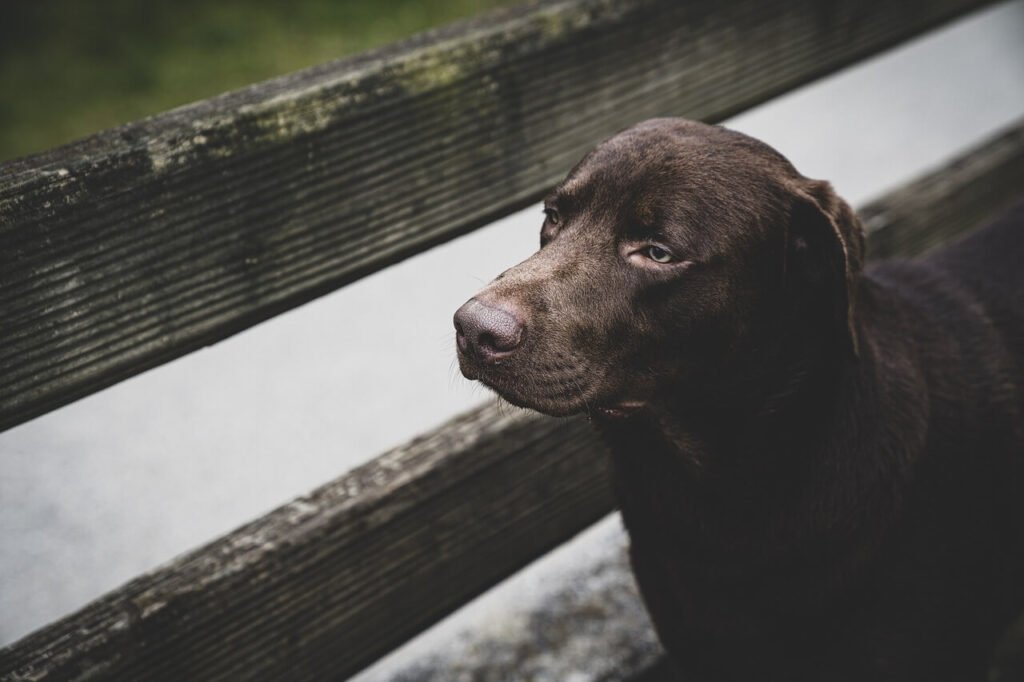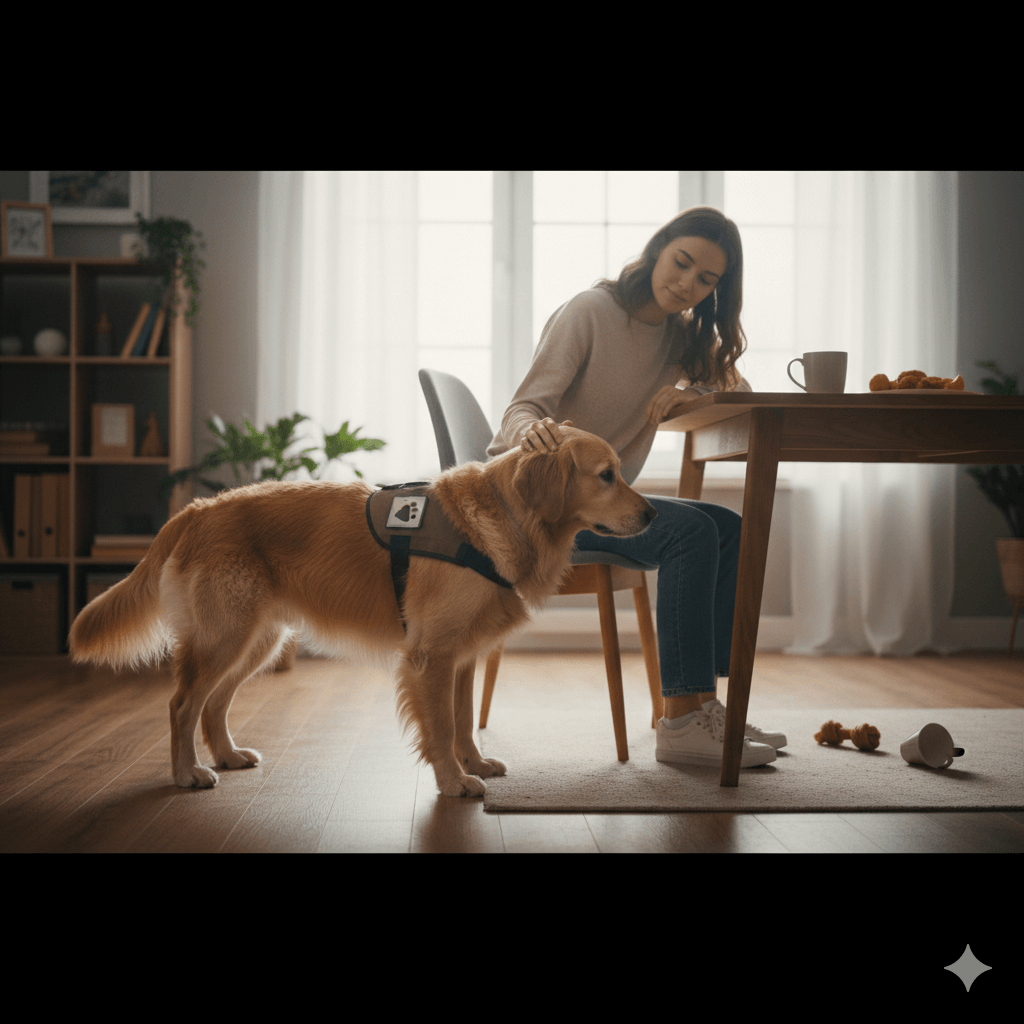Understanding Dog Ear Canal Anatomy: A Guide to Your Pet’s Hearing Health
A dog’s ear canal is a fascinating and complex structure, playing a vital role in their ability to hear and maintain balance. Unlike humans, dogs have unique ear anatomy that makes them more susceptible to certain conditions like infections or injuries. Understanding the intricacies of your dog’s ear canal can help you better care for their hearing health and address potential issues early on.
Whether you’re a pet owner curious about how your furry friend’s ears work or seeking ways to prevent common ear problems, this guide will provide an in-depth look at dog ear canal anatomy. Let’s dive into the details and unravel the mysteries behind those adorable floppy or perky ears!
Key Components of the Dog Ear Canal
The dog ear canal is divided into three main sections, each with its own function and characteristics. Familiarizing yourself with these components will help you understand how they contribute to your dog’s overall ear health.
Outer Ear (Pinna and Ear Canal)
The outer ear includes the visible part of the ear (pinna) and the external ear canal, which funnels sound waves into the middle ear.Middle Ear (Tympanic Membrane and Ossicles)
The middle ear houses the eardrum (tympanic membrane) and tiny bones called ossicles, which transmit vibrations to the inner ear.Inner Ear (Cochlea and Vestibular System)
The inner ear contains the cochlea, responsible for converting sound waves into nerve signals, and the vestibular system, which helps maintain balance.Vertical and Horizontal Canals
Dogs have a distinctive L-shaped ear canal, consisting of a vertical portion and a horizontal portion that leads to the eardrum.Ear Wax and Glands
Specialized glands produce ear wax (cerumen), which traps debris and protects the ear canal from infections.
Understanding these components highlights the complexity of a dog’s ear anatomy and underscores the importance of proper ear care. By recognizing how each part functions, you can take proactive steps to safeguard your dog’s hearing health.
Common Issues Related to Dog Ear Canal Anatomy
Due to their unique ear structure, dogs are prone to various ear-related problems. Here are some common issues that stem from their ear canal anatomy:
Ear Infections
Bacteria and yeast thrive in the warm, moist environment of the ear canal, leading to painful infections if left untreated.Foreign Objects
Grass seeds, dirt, or other debris can easily become lodged in the L-shaped canal, causing irritation or injury.Otitis Externa
Inflammation of the outer ear canal is often triggered by allergies, moisture buildup, or improper cleaning techniques.Hearing Loss
Damage to the eardrum or inner ear structures can result in partial or complete hearing loss, especially in senior dogs.Ear Hematomas
Trauma or excessive scratching can cause blood vessels in the ear flap to rupture, leading to painful swelling.
These issues emphasize the need for regular ear inspections and prompt veterinary care when problems arise. By staying vigilant, you can minimize discomfort and ensure your dog’s ears remain healthy.
Check this guide 👉Apple Cider Vinegar for Dog Ear Infections: Best 7 Tips!
Check this guide 👉Understanding Brown Discharge in Dog Ear Infections: Best 7 Tips!
Check this guide 👉Understanding and Managing Dog Ear Smell: Best 7 Tips!

Parts of the Dog Ear Canal | Functions and Importance |
|---|---|
Outer Ear (Pinna & Canal) | Captures sound waves and directs them inward. |
Middle Ear (Tympanic Membrane) | Transmits vibrations to the inner ear for processing. |
Inner Ear (Cochlea) | Converts sound waves into nerve signals for hearing. |
Vertical & Horizontal Canals | Unique L-shape helps protect the eardrum but traps debris. |
Ceruminous Glands | Produce ear wax to trap dirt and prevent infections. |
Tips for Proper Ear Care Based on Ear Canal Anatomy
Maintaining your dog’s ear health requires understanding their unique ear canal structure. Follow these tips to keep their ears clean and infection-free:
Inspect Regularly
Check your dog’s ears weekly for signs of redness, swelling, odor, or unusual discharge.Clean Safely
Use vet-recommended ear cleaning solutions and avoid inserting cotton swabs into the ear canal.Dry Thoroughly
After swimming or baths, gently dry your dog’s ears to prevent moisture buildup, which can lead to infections.Monitor Allergies
Food or environmental allergies can cause chronic ear inflammation; consult your vet for management strategies.Trim Hair Around Ears
For breeds with hairy ears, trimming excess fur can improve airflow and reduce the risk of infections.
By incorporating these practices into your routine, you’ll promote optimal ear health and catch potential problems before they escalate. Prevention is always better than cure when it comes to your dog’s ears.
Signs Your Dog May Have an Ear Problem
Recognizing early warning signs of ear issues is crucial for timely intervention. Keep an eye out for these symptoms related to your dog’s ear canal anatomy:
Head Shaking or Tilting
Persistent head shaking or tilting may indicate discomfort or irritation within the ear canal.Scratching or Rubbing Ears
Excessive scratching or rubbing against surfaces suggests itchiness or pain.Unpleasant Odor
A foul smell coming from the ears is often a sign of bacterial or yeast overgrowth.Redness or Swelling
Visible inflammation inside the ear canal points to possible infection or injury.Behavioral Changes
Increased irritability, reluctance to play, or sensitivity to touch around the ears can signal underlying issues.
Addressing these signs promptly can prevent complications and ensure your dog’s comfort. If you notice any of these symptoms, schedule a visit to your veterinarian for a thorough examination.
Breeds with Unique Ear Canal Challenges
Certain dog breeds face specific ear-related challenges due to their anatomy or lifestyle. Understanding these breed-specific traits can help you tailor your care routine accordingly:
Basset Hounds and Bloodhounds
Their long, droopy ears create a warm, moist environment that’s ideal for bacterial growth. Regular cleaning is essential to prevent infections.Cocker Spaniels
Known for narrow ear canals, Cocker Spaniels are prone to wax buildup and chronic ear issues. Frequent vet check-ups are recommended.Poodles and Bichon Frises
These breeds often have hair growing inside their ear canals, which traps debris. Regular plucking or trimming is necessary to maintain airflow.Labrador Retrievers
As active swimmers, Labs frequently experience water trapped in their ear canals, leading to infections. Always dry their ears thoroughly after swimming.Shar Pei
With their narrow ear canals and folded skin, Shar Peis are at higher risk of ear irritation and infections. Gentle cleaning and monitoring are key.
By recognizing the unique needs of your dog’s breed, you can take targeted steps to protect their ear health and minimize potential problems.
Preventing Ear Problems During Different Life Stages
A dog’s ear care needs evolve as they grow older. Tailoring your approach based on their life stage ensures optimal ear health throughout their lifetime:
Puppies
Puppies are curious explorers who may get dirt or small objects stuck in their ears. Regular inspections help catch issues early.Adult Dogs
Active adult dogs, especially those who swim or play outdoors, require frequent cleaning to remove dirt and moisture from their ears.Senior Dogs
Older dogs are more prone to hearing loss and ear infections due to weakened immune systems. Gentle care and vet visits are crucial.Dogs with Allergies
Allergic reactions often manifest as ear inflammation. Identifying triggers and managing allergies can reduce ear-related flare-ups.Overweight Dogs
Excess weight can lead to poor air circulation around the ears, increasing infection risks. Weight management and ear hygiene go hand in hand.
Adapting your ear care routine to your dog’s life stage ensures they stay comfortable and healthy, no matter their age or condition.
Natural Remedies for Ear Care (With Caution)
While professional veterinary care is always recommended, some natural remedies can complement your dog’s ear care routine. Use these options cautiously and consult your vet before trying them:
Apple Cider Vinegar
Diluted apple cider vinegar can help break down ear wax and deter bacteria, but it should not be used on irritated or raw skin.Coconut Oil
A small amount of organic coconut oil can soothe mild irritation and has natural antibacterial properties. Avoid overuse to prevent buildup.Green Tea Rinse
Brewed and cooled green tea makes an effective rinse for cleaning ears, thanks to its antimicrobial properties.Aloe Vera Gel
Pure aloe vera gel can reduce inflammation and provide relief for minor irritations, but ensure it’s free of additives or alcohol.Witch Hazel
This natural astringent helps dry out excess moisture in the ear canal, reducing the risk of yeast infections.
While natural remedies can offer temporary relief, they are not substitutes for professional treatment. Always prioritize safety and seek veterinary advice for persistent issues.
FAQ
Why do dogs have L-shaped ear canals?
The L-shape helps protect the eardrum from debris and foreign objects but also makes it easier for moisture and wax to accumulate.
How often should I clean my dog’s ears?
Clean your dog’s ears every 2–4 weeks, or as recommended by your vet, depending on their breed and lifestyle.
Are certain breeds more prone to ear problems?
Yes, breeds with long, floppy ears (like Basset Hounds) or hairy ear canals (like Poodles) are more susceptible to infections.
Can I use human ear drops for my dog?
No, human ear drops are not safe for dogs. Always use products specifically formulated for canine ears.
What causes ear hematomas in dogs?
Ear hematomas occur when blood vessels in the ear flap rupture due to trauma, vigorous scratching, or shaking.
Prioritizing Your Dog’s Ear Health
Understanding the anatomy of your dog’s ear canal is the first step toward ensuring lifelong hearing health. From recognizing common issues to implementing preventive care measures, being informed empowers you to take charge of your pet’s well-being. Remember, a dog’s ears are not just tools for hearing—they’re also essential for balance and communication. By staying attentive to changes and maintaining a consistent care routine, you can help your furry companion enjoy a life free from ear-related discomfort. So, give those ears a little extra love today—they deserve it!
Understanding Bone Supplement for Cats: Best 7 Expert Tips! – Safe, vet-approved guidance for strong feline bones & balanced nutrition.
Bone Supplement for Dogs: Best 7 Expert Tips! – Expert guide to calcium, collagen & bone health for every life stage.
Understanding Can Cats Get Sunburn: Best 7 Expert Tips! – Protect your feline from UV damage with vet-backed prevention strategies.
How to Train a Seizure Alert Dog: Best 7 Expert Tips! – Learn expert-backed steps to nurture natural instincts into reliable, life-saving seizure alerts.





